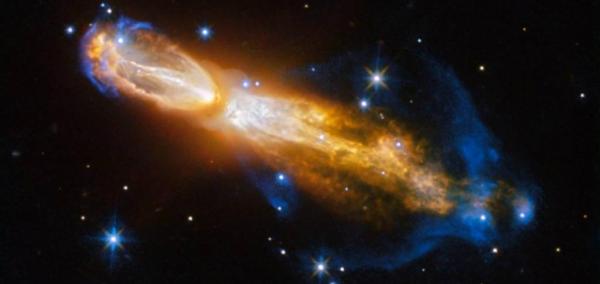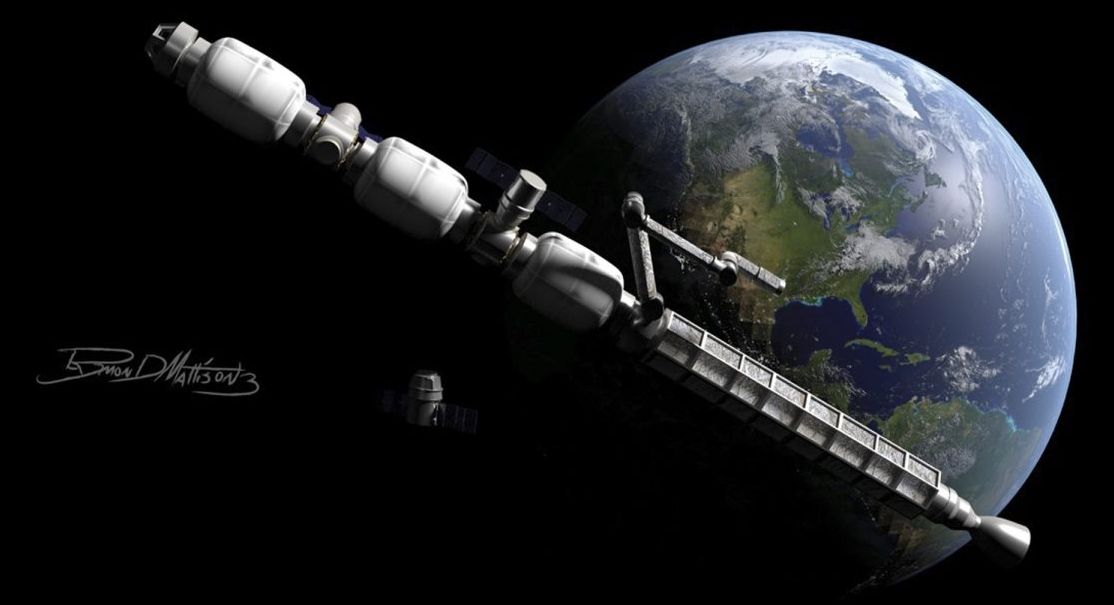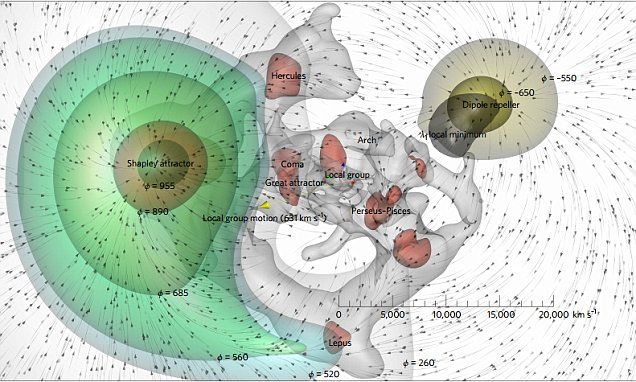Top teams will compete in a simulated Mars mission.



Feb. 7 (UPI) — Astronomers at the University of Warwick have located a white dwarf pulsar — the first of its kind.
Until now, pulsars have been the domain of neutron stars. First discovered by astronomers in the 1960s, the binary stay systems are characterized by rhythmic blasts of electromagnetic radiation.
The newly identified white dwarf pulsar is called AR Scorpii, or AR Sco. It’s located in the constellation Scorpius, 380 light-years from our solar system.

Feb. 3 (UPI) — A new image from the Hubble Space Telescope displays the beauty of a stellar death — in this case, the death of a low-mass star, similar to our sun in size.
Once a red giant, the star is currently in a transitionary phase: It’s on its way to becoming a planetary nebula. The Hubble image reveals the star’s layers of gas and dust being shed and thrown outward. The expelled material, now forming clouds, could eventually form new stars and planets.
Astronomers rarely catch dying red giants in their transitionary phase. It will only be a few thousand years before the star is a pure planetary nebula — a blip in space time.

NASA has accepted a plan from a private venture called NanoRacks to provide the International Space Station with an air lock that would serve as its first commercial portal.
The plan could serve as the model for the eventual development of entire space stations backed by the private sector.

In Brief
When you imagine what the cities of the future will look like, it’s hard to think that we can do more than what some nations have already achieved. For instance, Dubai, Japan, and Singapore feature some of the world’s most impressive modern architectural marvels; Helsinki is pioneering a future in data transparency; Brazil is setting the standard for efficient and sustainable mass transportation and eco-consciousness; and Korea is defining an urban landscape anchored on digital connectivity.
But architects and urban planners are letting their imaginations run wild — after all, where else can we go but toward our most outlandish, exciting, and sometimes even dystopian imaginings of the future?

Astronomers have discovered a large void in the universe and it appears that the Milky Way and our neighboring galaxies are running away from it at about 630 kilometers per second (1.5 million miles per hour).
In a paper published in Nature Astronomy, an international group of astronomers has studied the velocities of the galaxies around our own and how they compare to the cosmic microwave background. By combining the observations with rigorous statistical analysis, the researchers have been able to map the gravitational distribution of the (somewhat) local universe.
Astronomers know that what is called the “local group” of galaxies are moving towards a dense region called the Shapley attractor. The team, led by Yehuda Hoffman from the Hebrew University of Jerusalem, realized how the gravitational lines seemed to all point towards the Shapley attractor and away from an unknown region. They suspect this region is a large void we are “escaping”.

Feb. 1 (UPI) — Mars may be home to some of the oldest volcanoes in the solar system. New evidence suggests the Red Planet has been home to volcanic activity for at least 2 billion years.
The evidence is a small Martian meteorite discovered in Africa in 2012. The rock was named Northwest Africa 7635.
Scientists has studied many Martian meteorites over the years. Most arrived on Earth’s surface roughly 1 million years ago, when a large object collided with Mars, dislodging significant amounts of rock — much of it volcanic.


Leaders of the mission plan to start funding technology-development projects within months, with the aim of launching a fleet of tiny, laser-propelled probes in the next 20 years. The effort would ultimately cost about $10 billion, leaders hope, and take another 20 years to reach Alpha Centauri.
The first truly challenging step in any mission such as Breakthrough Starshot is to accelerate the spacecraft to interstellar velocities.

The force propelling the Milky Way through space has been a mystery to scientists for decades — but now a new 3D map has shed light on the mystery.
Previously it was thought a dense region of the universe was pulling us toward it, through the sheer might of its gravity — with a gravitational force equivalent to a million billion suns.
This initial suspect was called the Great Attractor, a region of clusters of galaxies 150 million light years from the Milky Way.